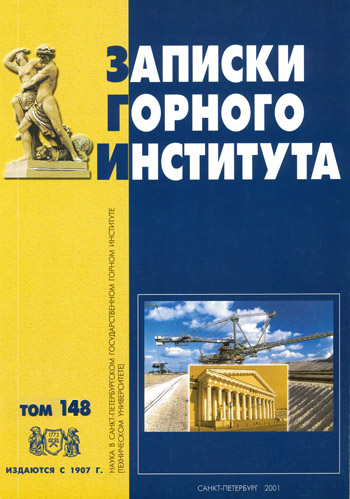On the working efficiency of mixtures of ammonium nitrate and aluminum in blasting
- 1 — Research Center of Problems of Chemical Physics, Russian Academy of Sciences
- 2 — Research Center of Problems of Chemical Physics, Russian Academy of Sciences
Abstract
The use of aluminum in mixture compositions is explained by the fact that its oxidation releases a large amount of energy, which should increase the detonation (velocity, pressure) and explosive (brilliance, throwing ability, workability) characteristics of the composition. However, numerous experiments have shown that this is not the case. For example, the introduction of up to 20% A1 in the composition does lead to an increase, although to a lesser extent than expected, of the heat of explosion Q (as measured in a calorimeter bomb) and of the blast effect, which is the greater the larger the particles of A1. The detonation velocity of powerful explosives with the introduction of A1 decreases, and the effect is the stronger the smaller the size of its particles. The brisance of mixtures practically does not change, the critical diameter of detonation increases, etc.
